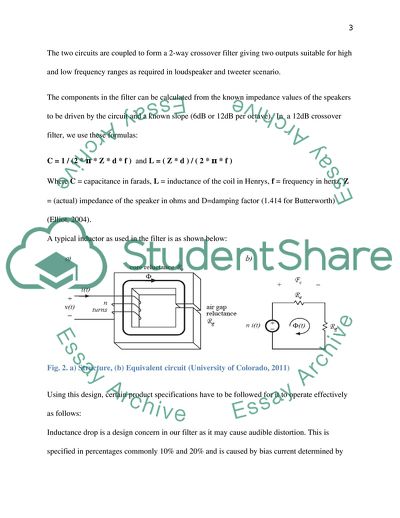Cite this document
(Manufacturing Concepts - Inductors Assignment Example | Topics and Well Written Essays - 1500 words, n.d.)
Manufacturing Concepts - Inductors Assignment Example | Topics and Well Written Essays - 1500 words. https://studentshare.org/physics/1752011-manufacturing-concepts-inductors
Manufacturing Concepts - Inductors Assignment Example | Topics and Well Written Essays - 1500 words. https://studentshare.org/physics/1752011-manufacturing-concepts-inductors
(Manufacturing Concepts - Inductors Assignment Example | Topics and Well Written Essays - 1500 Words)
Manufacturing Concepts - Inductors Assignment Example | Topics and Well Written Essays - 1500 Words. https://studentshare.org/physics/1752011-manufacturing-concepts-inductors.
Manufacturing Concepts - Inductors Assignment Example | Topics and Well Written Essays - 1500 Words. https://studentshare.org/physics/1752011-manufacturing-concepts-inductors.
“Manufacturing Concepts - Inductors Assignment Example | Topics and Well Written Essays - 1500 Words”. https://studentshare.org/physics/1752011-manufacturing-concepts-inductors.


